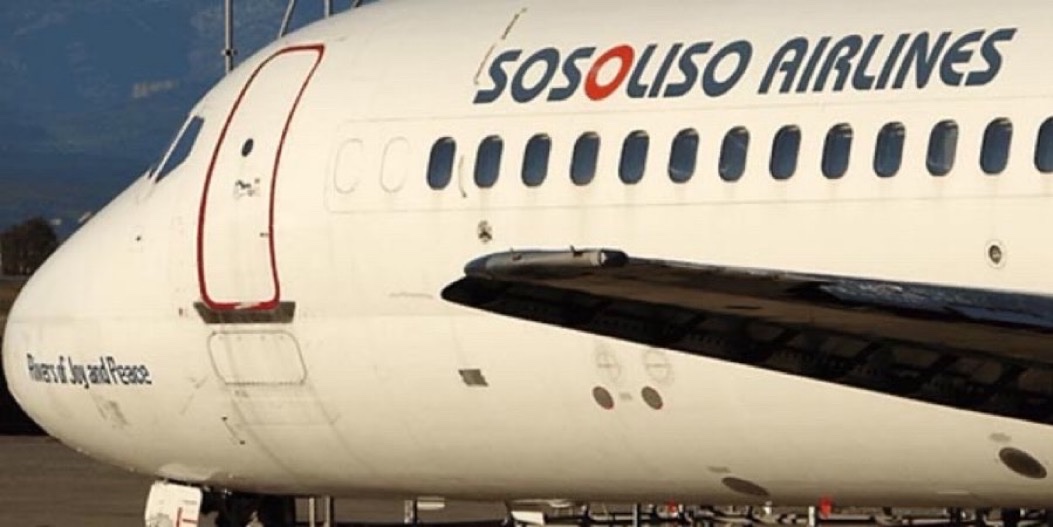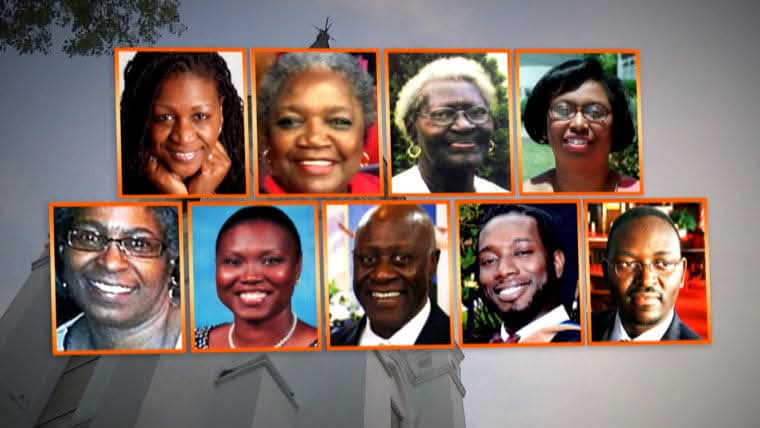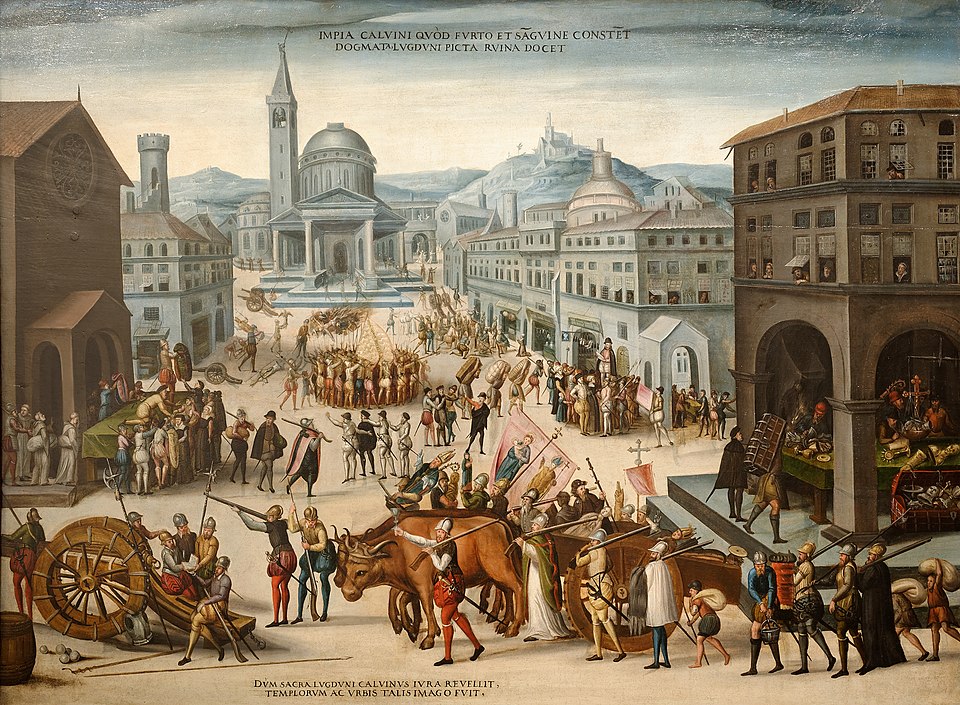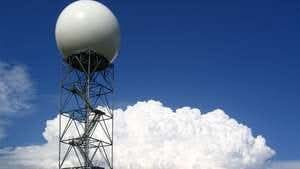2005: Remembering Sosoliso Airlines Flight 1145 Fatal Crash

Did you know that the Sosoliso Airlines Flight 1145 that crashed in 2005 was the second air disaster in Nigeria in less than three months, after Bellview Airlines Flight 210 crashed on October 22, 2005, killing all 117 people on board?
The flight captain of Sosoliso Airlines Flight 1145, Benjamin Adekunle Adebayo, descended on approaching the Port Harcourt airport until it had passed the decision altitude of 307 feet (94 m). As the rain intensified, unable to make out the unlit runway through the rain, Captain Adebayo called for a go around (missed approach) at an altitude of about 200 feet (61 m) or approximately 120 feet (37 m) above the ground. However, it was too late as Flight 1145 was already too low for a go-around. The DC-9 aircraft slammed onto the grass strip between the runway and the taxiway, slid and struck a concrete drainage culvert, disintegrated as it broke up, the fuel spilled and the aircraft burst into flames.
It was 10th of December, 24 days to Christmas. The domestic passenger Sosoliso Airlines Flight 1145 (SO1145/OSL1145) was scheduled to fly from Nigeria's capital, Abuja to Port Harcourt. The aircraft, a McDonnell Douglas DC-9 was manufactured in 1972, with 2 Pratt & Whitney JT8D-9A engines and serial number 47562/685. It entered the Nigerian registration on June 12, 2003 and the aircraft certificate was released on March 17, 2005. It was owned by JAT Airways and was operated by Sosoliso Airlines Ltd.
Flight 1145 was carrying 103 passengers and 7 crew members. The majority of those on board were children aged between 12 to 16 year old who were travelling home for the Christmas holiday. Also on the flight were two volunteers for Medecins Sans Frontieres (Doctors Without Borders), one of whom was an American and the other was a French citizen, en route to work in Port Harcourt, as well as televangelist Bimbo Odukoya, pastor of the Fountain of Life Church. The National President of the Petroleum and Natural Gas Senior Staff Association of Nigeria (PENGASSAN), Uche Marcus Okoro, who was returning from a union meeting, was also on the passenger list.
Captain Adebayo, a 48-year-old Nigerian with a total flying experience of 10,050 hours with 1,900 of them on the DC-9, had his last simulator training at Pan Am International Flight Academy in Miami on 7 July 2005. The first officer was Gerad Yakubu Andan, a 33-year-old Ghanaian with a total flying experience of 920 hours which 670 hours were on the type. He had his last simulator training in August 2005 with a result of 'satisfying'.
The aircraft departed from Nnamdi Azikiwe International Airport at 12:25 p.m. About 140 kilometres (90 mi) from the airport, the aircraft contacted controller for initial descent clearance and was cleared by controller to descent to 4,900 metres (16,000 ft). It continued its descent until 13:00, when the crew asked the controller for the weather condition at the airport. The controller told the crews that there was no precipitation and that there were scattered cumulonimbus clouds in the area. The crew acknowledged the report and continued their descent.
At 11 kilometres (6 nmi) from the airport, on 13:04 p.m, the aircraft had been established on the glide-slope. At this time, the aircraft had entered adverse weather condition with headwind and tailwind. The flight crews then requested clearance to land at Runway 21. The controller then contacted Flight 1145 and advised that there was a possibility of rain in the airport. The controller then cleared the aircraft to land at Runway 21, but warned the pilots that the runway could be slightly wet, indicating that hydroplaning was a possibility. The flight crews then acknowledged this message.
Flight 1145 then descended until it had passed the decision altitude of 307 feet (94 m). Captain Adebayo called for a go around (missed approach) at an altitude of about 200 feet (61 m) or approximately 120 feet (37 m) above the ground. This call was made about 100 feet (30 m) below the decision altitude. His decision, however, was too late as Flight 1145 was already too low for a go-around. The "TOO LOW-GEAR" warning then sounded and the flight crews tried to add more thrust. The flight crews had not managed to prepare the aircraft's configuration in a timely manner and the aircraft kept descending.
The DC-9 then slammed onto the grass strip between the runway and the taxiway. It then slid and struck a concrete drainage culvert located near the runway. The collision then disintegrated the aircraft. The tail section was immediately destroyed and the engine was lodged into the drainage. As it broke up, the fuel spilled and the aircraft burst into flames. The fuselage and the cockpit, now in flames, continued to slide for few hundreds metres before it finally came to rest on the taxiway.
Of the 103 passengers and 7 crew members there were only two survivors, although seven survivors were initially rescued. Many passengers survived the initial impact but died in the resulting fire. Other passengers later died from their injuries. It was the second air disaster to occur in Nigeria in less than three months, after Bellview Airlines Flight 210, which crashed on 22 October 2005 for reasons unknown, killing all 117 people on board. It was the company's first and only fatal accident.
Investigation into the crash by Nigeria's Accident Investigation Bureau concluded that the crash was attributed to the pilot's decision to keep descending on the airport even though the aircraft had passed the minimum decision altitude.
Source: Wikipedia
#penglobalhistory #Sosoliso



